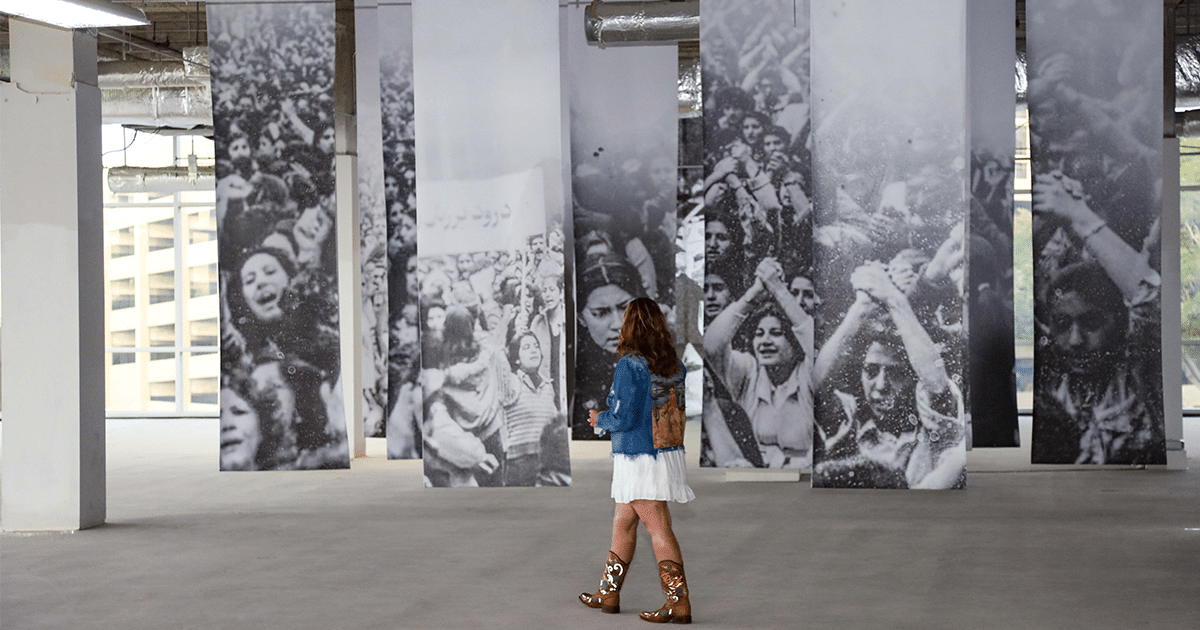

To maximize economic growth, we must invest in Arizona’s creative economy
Published: 05/04/2023
Honing creativity to build the future economy of the Grand Canyon State
by Chris Camacho and Patrick McWhortor
Arts and culture programs are widely accepted as a mode to build community, celebrate and enhance Arizona’s beauty, recognize the cultures that have shaped our way of life over the years and foster mutual respect as we honor the experiences and perspectives of those around us.
But at the core, funding the creative economy is a simple investment in innovation. Art encourages deeper investigation, provokes critical thinking and inspires the creative minds of Arizona residents to find new solutions to big problems, across industries. Creativity and innovation, which are cornerstones of economic growth and social development, are directly influenced and inspired by the surrounding art and culture.
Thriving cities place innovation at the forefront. From transportation to education, our experience in the world is shaped by the creative minds who carefully designed, tested and amended small to large facets of our daily surroundings. Leading industries today, such as advanced manufacturing, aerospace, and e-commerce, emerged from creative minds seeking answers to questions afflicting the market.
Across the world, business leaders prioritize creative minds. A 2010 IBM survey of 1,500 CEOs from 60 counties and 33 industries found that creativity is the most essential leadership skill. And this sentiment hasn’t changed over the last decade — the most recent Future of Jobs Report highlighted creativity and innovation as two of the most valuable skills needed to stay relevant in the workforce. Companies that foster creativity in their workforce are 3.5 times more likely to outperform peers on key indicators of success. Teams with art-based training are shown to have better abilities to identify challenges and solutions to problems.
Arizona has no shortage of creative minds. For example, in Maricopa County arts, culture and entertainment firms and independent artists rank in the 92nd and 93rd percentile respectively on SMU's national Art Vibrancy Index, near Boston and New Orleans. Stunning displays of visual art, heritage, history and sound can be found across Arizona, from large institutions like the Phoenix Art Museum, Heard Museum and Musical Instrument Museum, to the unique offerings of Bentley Gallery or the Sedona Arts Center. Performing arts venues such as Ballet Arizona, Tempe Center for the Arts and countless others delight and inspire audiences. Public art intentionally and organically sprinkles our freeways and streets, where designs pay homage to surrounding nature and architecture, and fresh murals spring up each month. Travelers and residents alike can see Arizona’s history, culture and emerging ideas through art.
The economic contribution of arts and culture is significant. In 2021, arts and cultural production industries represented 2.8% of Arizona's gross domestic product (GDP), adding $11.6 billion to the economy, according to the Bureau of Economic Analysis. Nationally, the sector accounted for 4.4% of GDP, a value of $1.02 trillion.
So why is Arizona so often bypassed in recognition of other iconic cultural and artistic hubs? Data shows a glaring distinction between our urban hubs and peer markets across the country — reliable funding.
In Arizona, we lack reliable corporate and public funding. Only 3% of revenue for nonprofit arts and culture entities in the state is corporate and business support and merely 6.5% is government support, while 20% is individual support from donors and families, and 46% is earned revenue, according to Arizona Commission on the Arts. While local municipalities continue to invest in the field, no legislative appropriations were made by the state in fiscal years ’21 or ’22. In FY23, an Arizona record of $5 million was included in the state budget, but at $0.68 per capita, it remained more than 76% below the $2.88 median per capita investment nationwide. The Arizona arts and culture community has not had a consistent ongoing general fund line in the state budget since 2012. Meanwhile, within the City of Phoenix, both the overall funding and per capita rate of 76 cents are the lowest of the 10 most populous cities in the nation — eight of the other nine cities have per capita rates of at least $2.20.
Peer markets investing in arts and culture are seeing returns on investment that Arizona’s urban markets have yet to experience. Over the last 30 years, Brooklyn transformed its economy by investing in the arts. Today, over 40% of the working-age population holds a bachelor's degree or higher and since 2009 it has increased businesses by 32%, business sales by 48% and cut unemployment by more than half. Silicon Valley’s early-2000s plan centered around the arts and was a key aspect in turning the tech sphere into the nearly $400-billion region it is today. Cleveland’s long-term investment of $30 million into a west side redevelopment project centered around three theaters is expected to generate half a billion dollars.
Beyond direct economic impact, the arts enhance cultural understanding within society, which promotes inclusion and a better-connected community. In the increasingly divided environment we experience today, the World Economic Forum called the erosion of social cohesion one of the top global risks of 2023. The best way to build cohesion is to promote welcoming spaces for residents to share their culture. This is at the center of the arts and culture wheelhouse.
Despite the concentration of talented artists, cultural backgrounds, hubs of supporting arts and culture organizations and substantial economic contributions, Arizona will not be able to realize the full potential of its creative economy without a considerable investment by the state and additional support from companies. The grit and talent of this community is strong, but without adequate resources, we may never realize its potential spillover. We are proud of the melting pot that makes Arizona the home it is to 7 million people; it is time we show it.
Meet the Authors
Chris Camacho
President & CEO
Greater Phoenix Economic Council
Patrick McWhortor
CEO
Arizona Citizens for the Arts

